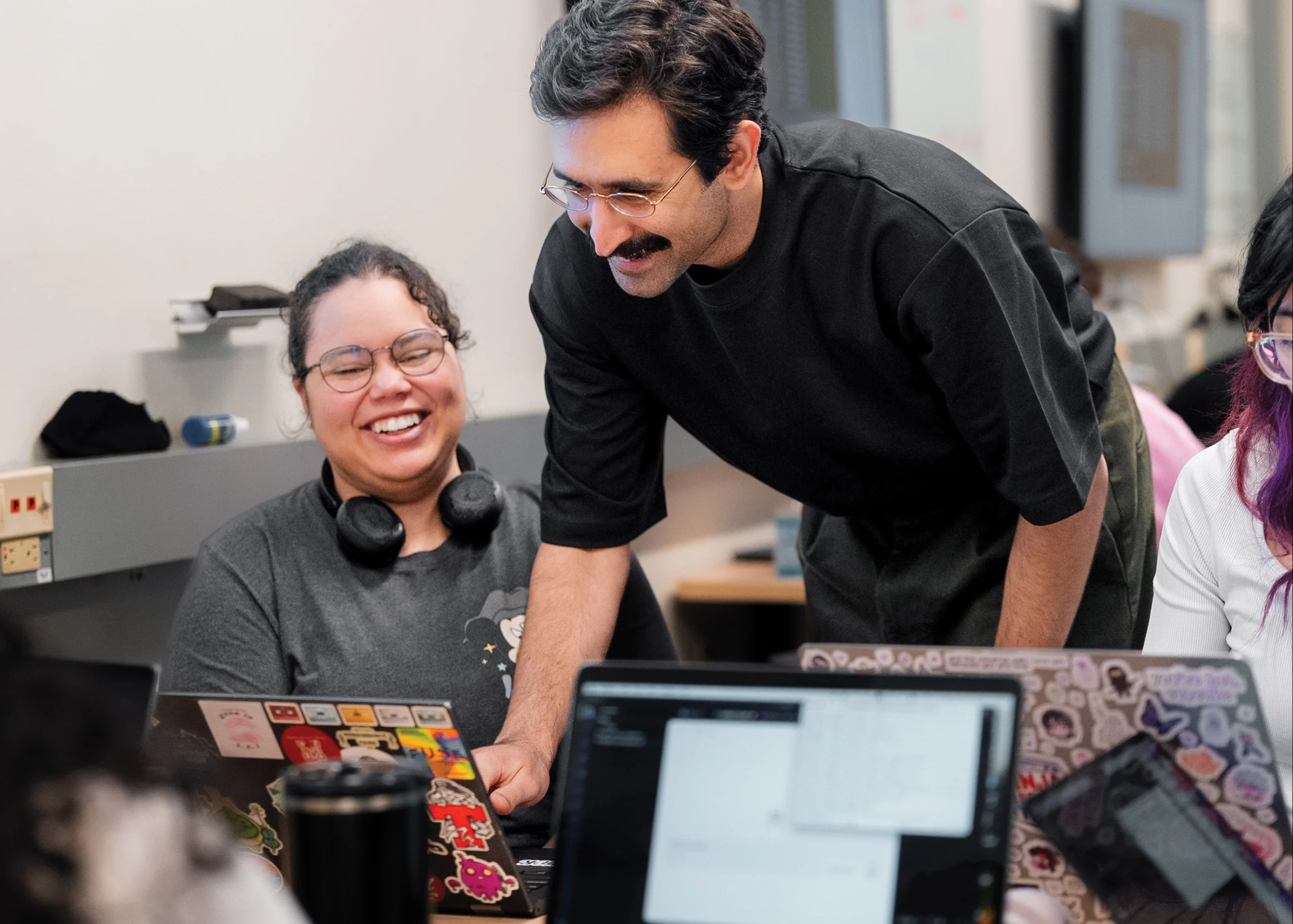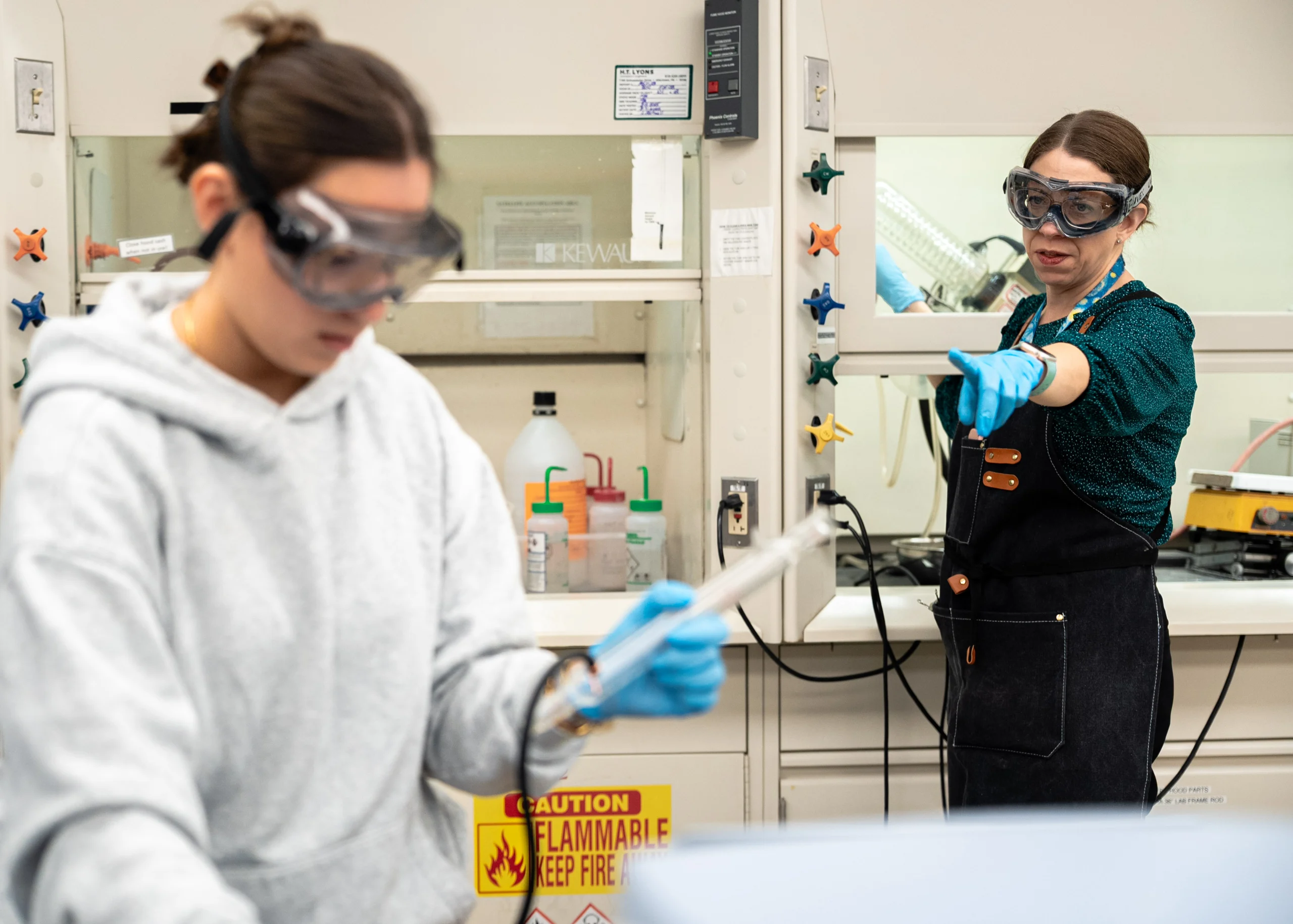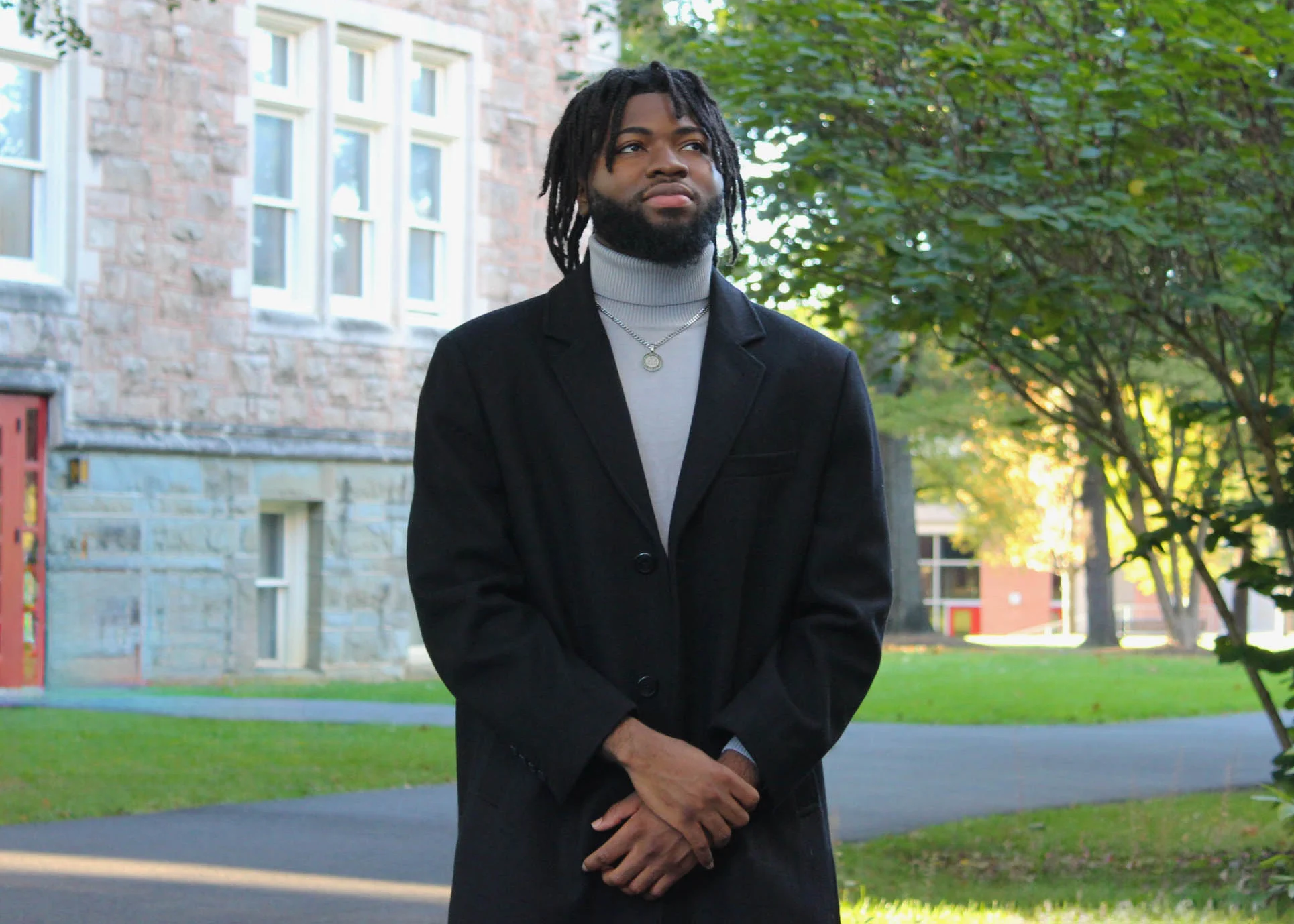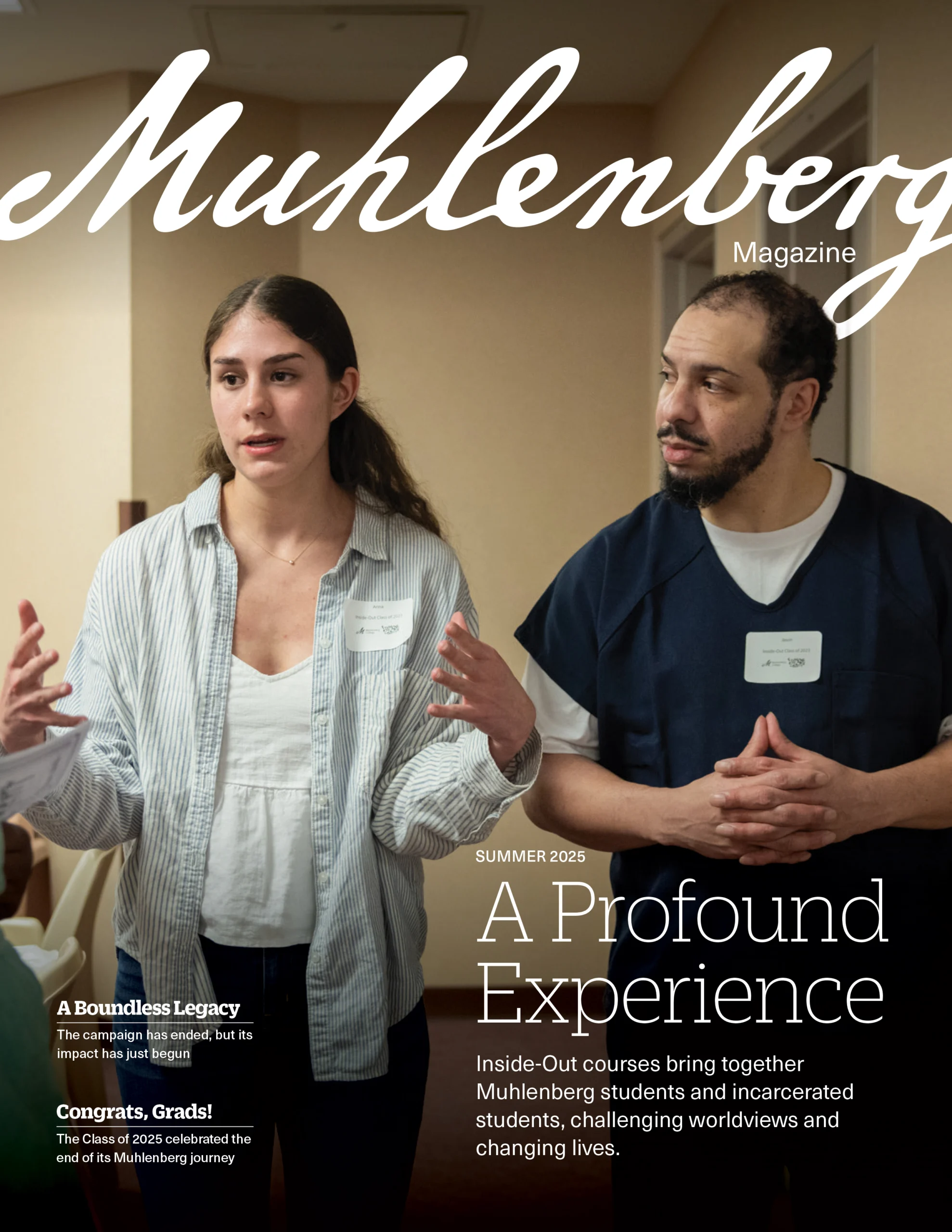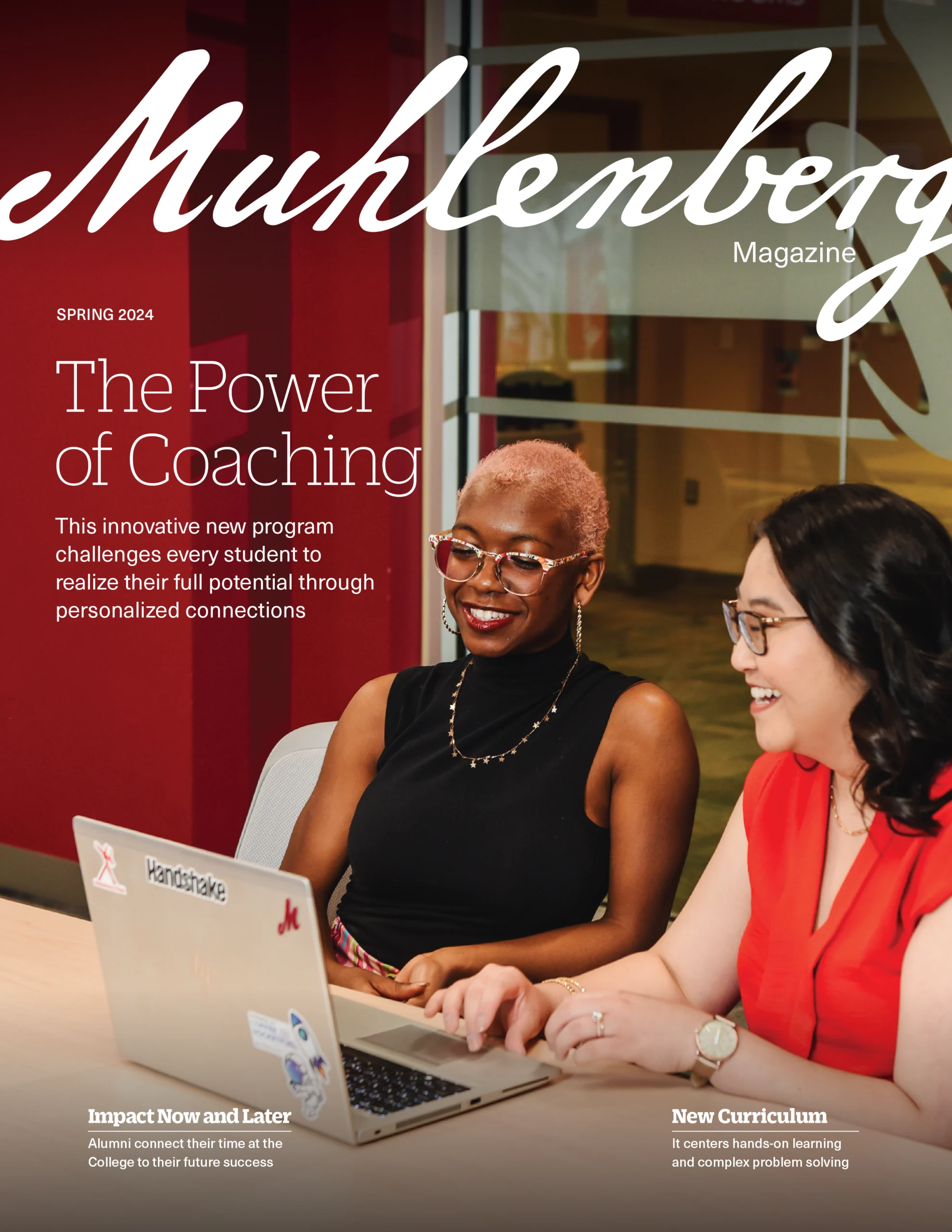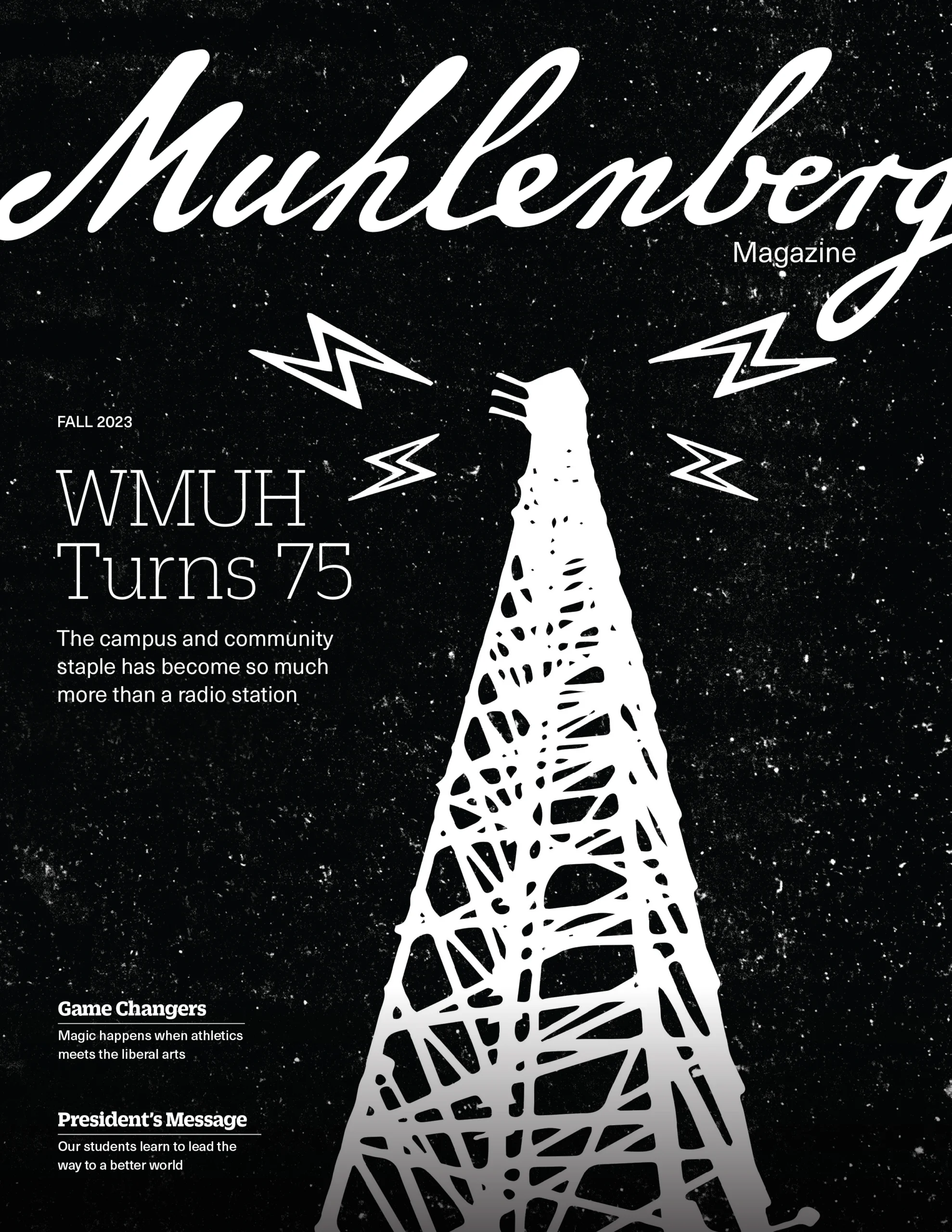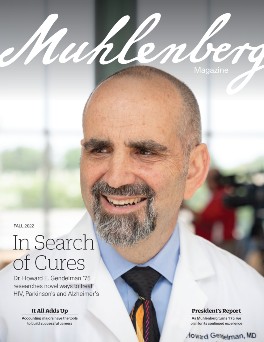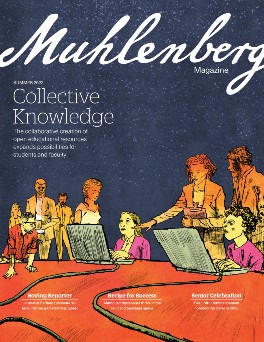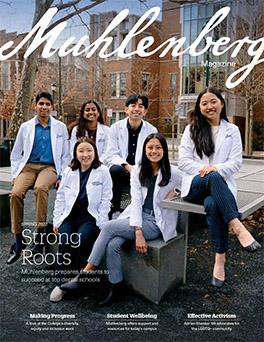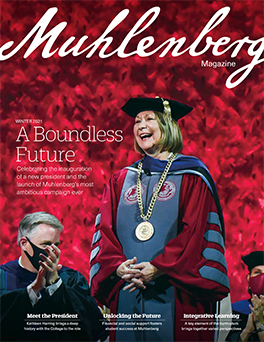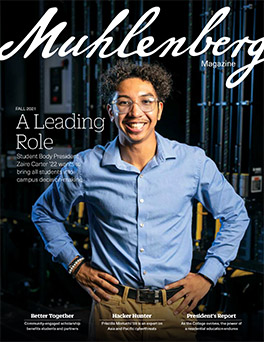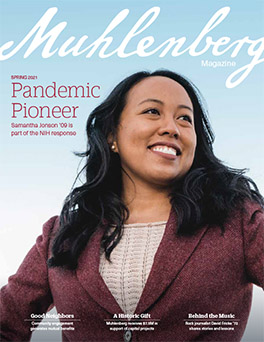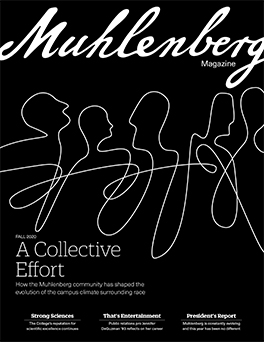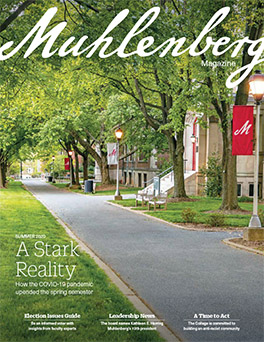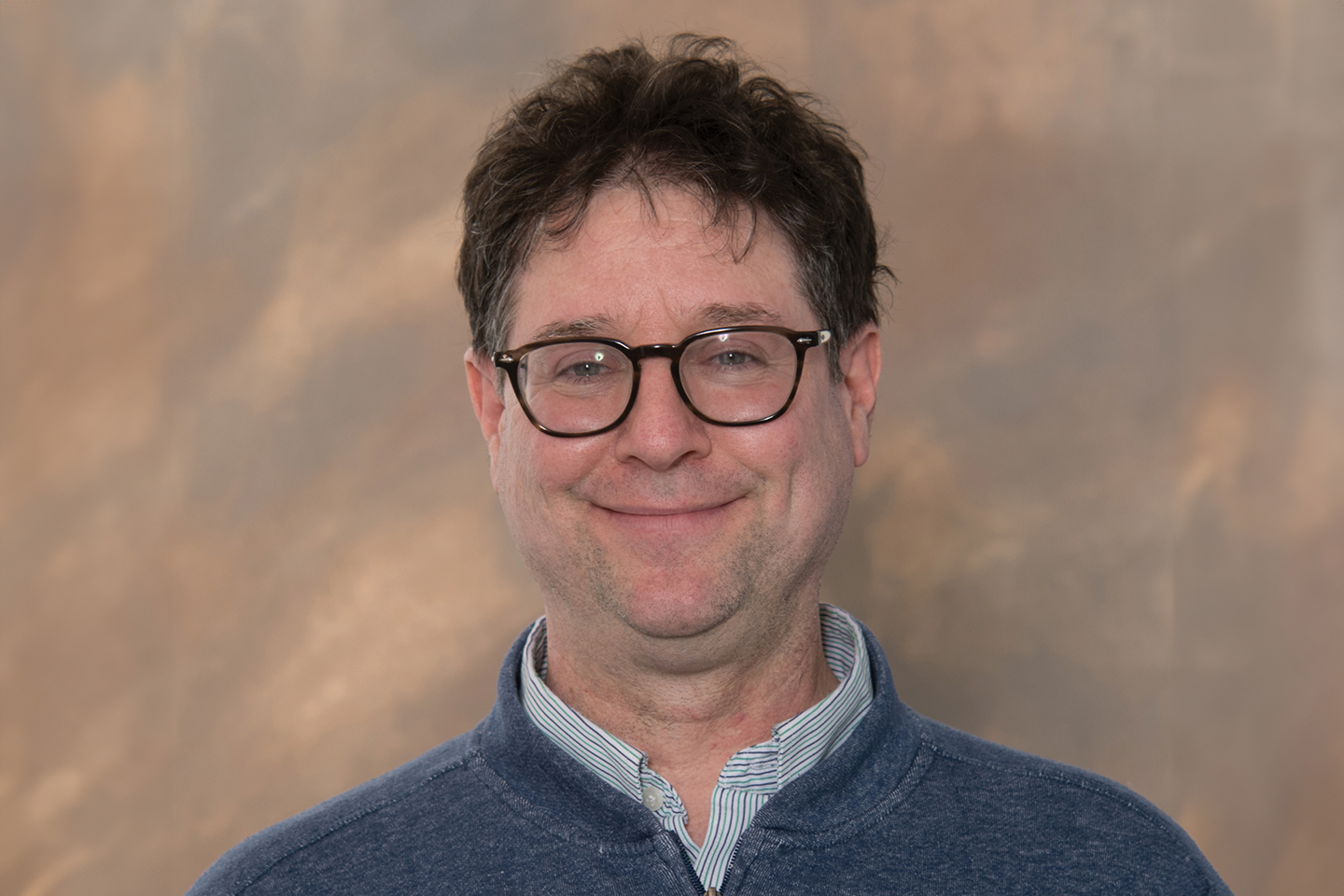
Why I Study Nuclear Physics
Professor of Physics Brett Fadem explains how he became interested in research that uses a particle accelerator to study the universe the way it was millionths of a second after it was created.
From my earliest years, I knew that I wanted to do astronomy, violin playing or acting. My mother told me, “You can do more than one thing, but you can’t do more than one thing at once.” I was very inspired by an acting teacher I had, so at first I went with acting. I lived in New York City, and I was an actor for about 10 years.
During that time, a friend of mine died in a car accident, and his family started inviting me for holidays. They offered me the opportunity to go to college if I wanted to. I thought, “Here’s my chance. I always wanted to know what Einstein was talking about, and I can go learn about it.” I went to Grinnell College at age 27 and majored in physics.
“My mother told me, ‘You can do more than one thing, but you can’t do more than one thing at once.’ I was very inspired by an acting teacher I had, so at first I went with acting. I lived in New York City, and I was an actor for about 10 years.”
I went to grad school for physics at Iowa State University. I thought I would focus on astronomy there, but then opportunities started opening up at the Brookhaven National
Laboratory’s Relativistic Heavy Ion Collider (RHIC) on Long Island. I had family out east, and I thought, “I’ll be out east more often if I do work there.” That’s partially what got me involved in high-energy nuclear physics research. And my relationship with Brookhaven has continued; for nine years, I had a National Science Foundation grant that allowed many, many Muhlenberg students to spend the summer at Brookhaven. I have students this summer doing Brookhaven research with me.
When a student sees a particle accelerator for the first time, they’re pretty impressed. Usually it’s a big experience for them to see that humans are capable of building these gigantic, miles-long machines. This enormous machine’s purpose is to study the tiniest things that exist, and the students appreciate the scale of it. This is really big science, with billions of dollars sunk into it. It’s exciting to have the students rub shoulders with active researchers, and they kind of inspire each other.
The sPHENIX collaboration, of which Muhlenberg College is a member, recently completed construction of its detector and is running the last experiments before the RHIC collider transitions to an Electron Ion Collider. What interests me about RHIC research is the fundamental nature of the new form of matter that we discovered using it, the quark-gluon plasma. The purpose of the collider is to act like a time machine to study the universe the way it was millionths of a second after it was created. None of the things that exist now (atoms, protons, neutrons) existed then. The early universe was so hot that it was just a soup of quarks and gluons. In a lot of ways, this is related to the things that have always interested me, which is the universe writ large and what its properties are. I’ve kind of come full circle.
“This is really big science, with billions of dollars sunk into it. It’s exciting to have the students rub shoulders with active researchers, and they kind of inspire each other.”

